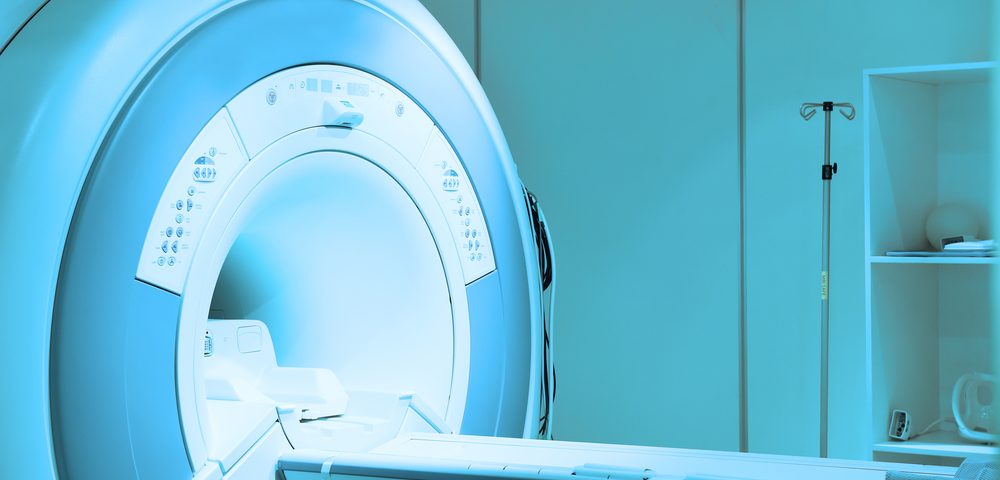Newer MRI Approaches May Allow Tremor To Be Treated Without Surgery

New magnetic resonance imaging (MRI) techniques capable of zeroing in on a pea-size region of the brain responsible for movement control may allow physicians to treat patients with Parkinson’s disease or essential tremor without having to resort to invasive brain surgery.
These methods were described in the study, “Advanced MRI techniques for transcranial high intensity focused ultrasound targeting,” published in the journal Brain.
Parkinson’s disease and essential tremor are neurological disorders characterized by lack of movement control that is thought to stem from defects in a small region of the thalamus, called the intermediate nucleus, in the brain.
Although first-line treatment for involuntary tremors consists on a combination of medications, this is not effective in about a third of all patients.
In the late 1990s, deep brain stimulation (DBS) — a surgical treatment that involves implanting a device to activate specific brain regions with electrical signals generated by a battery — started being used in non-responsive patients.
More recently, magnetic resonance guided high intensity focused ultrasound (MR-HIFU) — a non-invasive, image-guided therapy that allows physicians to burn (ablate) small pieces of tissue with precision using ultrasound heat waves — started being used to destroy the small region, the intermediate nucleus, causing tremors in these people.
Unlike DBS, MR-HIFU does not require surgery to open the skull and implant a device, and can be performed without anesthesia while patients are awake.
The main challenge has been locating the exact region within the thalamus where the intermediate nucleus is located.
Although conventional computed tomography (CT) and MRI scans allow surgeons to identify regions that ought to be removed, both methods lack the resolution necessary to visualize the intermediate nucleus, a tiny pea-size region, for MR-HIFU targeting.
Researchers at UT Southwestern and colleagues described three new MRI techniques that allow doctors to spot and eliminate this region, without damaging nearby areas and risking permanent walking impairments and slurred speech.
“The benefit [of using these techniques] for patients is that we will be better able to target the brain structures that we want. And because we’re not hitting the wrong target, we’ll have fewer adverse effects,” Bhavya R. Shah, MD, an assistant professor of radiology and neurological surgery at UT Southwestern’s Peter O’Donnell Jr. Brain Institute, and the study’s first author, said in a press release.
Diffusion tractography, the most widely studied, is possibly the most promising of these three. It generates high-resolution 3D images based on the natural movement of water inside brain tissue.
“Currently, diffusion tractography is the technique that has demonstrated the most promise with multiple studies showing its clinical utility” for both DBS and MR-HIFU, the researchers wrote.
The second method, known as quantitative susceptibility mapping, is able to create high-contrast images of the brain due to its ability to pick up distortions in the magnetic field caused by the presence of certain substances in tissues, like blood or iron.
Fast gray matter acquisition TI inversion recovery, the third approach, enables doctors to visualize gray matter brain structures with high detail by turning white matter regions dark and gray matter regions white.
Gray matter refers to areas made up of neuron cell bodies, and white matter to areas made up of myelinated nerve segments (axons) that connect gray matter areas and are responsible for transmitting nerve signals.
All three MRI techniques have already been approved by the U.S. Food and Drug Administration for use with people. Physicians at UT Southwestern are planning to start using them with patients when the Center’s Neuro High Intensity Focused Ultrasound Program opens in the fall.
“Bilateral MRgHIFU [MR-HIFU] thalamotomy clinical trials, now underway, will rely on improved targeting methodologies to reduce adverse effects and improve patient outcomes,” the research team added.



No comments